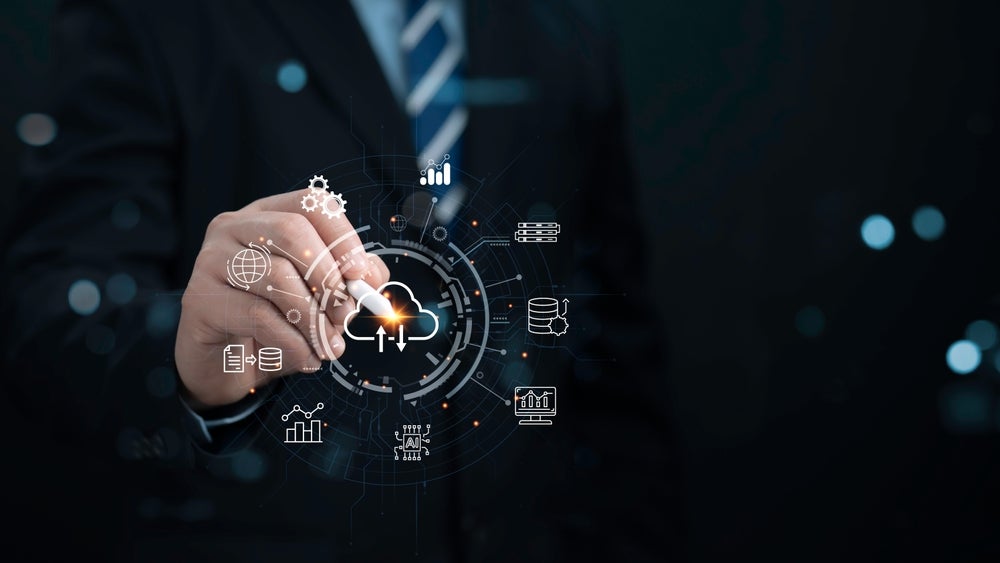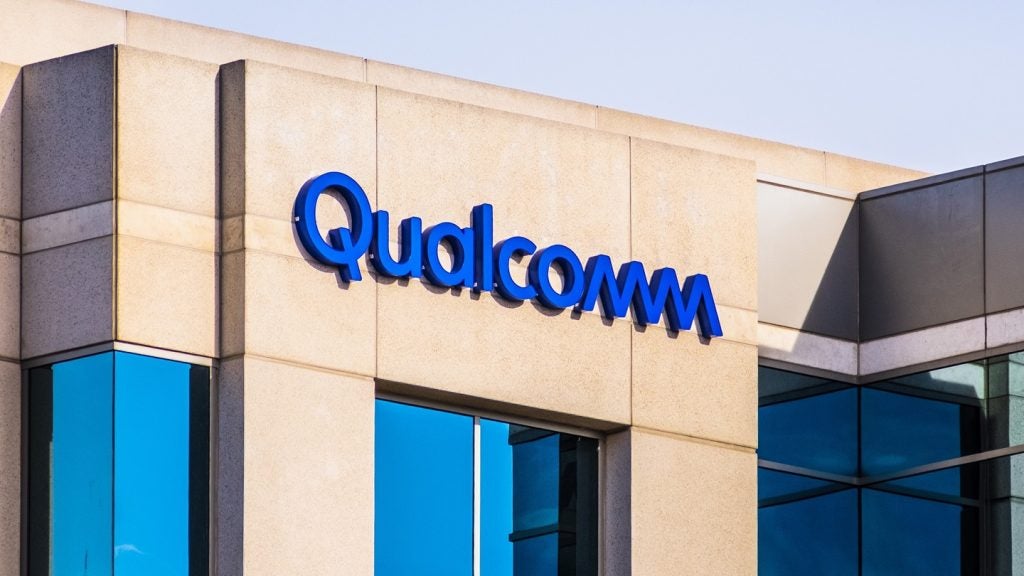2025 is set to witness an unprecedented integration of AI into consumer electronics, building on the momentum from 2024.
This surge will see AI features becoming standard in nearly every device, from smartphones to wearables to tablets and laptops, enhancing user experiences and device capabilities.
Deeper integration of AI
Smartphones will experience a deeper integration of AI, offering more sophisticated functionalities that could potentially reshape pricing strategies. Concurrently, AI in wearables is expected to accelerate, becoming a more prominent feature as consumers increasingly recognise its benefits in daily life.
Smart glasses are anticipated to gain traction, with Meta leading the charge. Meta, in collaboration with Ray-Ban, has emerged as a frontrunner in this space, successfully integrating AI functionality into the Ray-Ban Meta Smart Glasses. Concurrently, industry giants such as Samsung and Google are also making strides, as evidenced by their recent demonstrations of AR glasses with Gemini AI integration.
The emergence of OEM satellite service plans and increased partnerships
The market will see the introduction of new satellite service pricing plans from original equipment manufacturers (OEMs) and carriers alike, expanding connectivity options for consumers. This development is likely to be complemented by Samsung’s announcement of a satellite phone partnership, likely with NTN service provider Skylo, marking a significant milestone in the OEM’s connectivity solutions.
As the technology matures and becomes increasingly accessible, D2D satellite-to-cellular capability is also poised to become a more standard feature within the telecom industry, providing users with new connectivity alternatives.

US Tariffs are shifting - will you react or anticipate?
Don’t let policy changes catch you off guard. Stay proactive with real-time data and expert analysis.
By GlobalDataCircular economy as an emergent paradigm
The regulatory landscape will tighten around device reparability, with the European Union implementing stricter measures and more US states enacting their own device repair laws, following Colorado and Oregon’s example to eliminate parts pairing.
This shift will necessitate changes in device design and manufacturing processes, potentially affecting market offerings. However, OEMs such as Apple – despite commitments to supporting device reparability – will continue in their efforts to retain control over revenues derived from the circular economy and to influence forthcoming regulations.
The right-to-repair movement is poised to gain further momentum in the US and Europe, exerting increased pressure on companies to incorporate legacy devices into repair programs, remove software restrictions, and discontinue the practice of parts pairing.
Tariffs are coming at a cost for AI
President-elect Donald Trump has advocated for a 60% tariff on Chinese imports and proposed a 10-20% tariff on goods from other regions worldwide.
The US’s reliance on imported goods, particularly from China, carries significant economic implications within the technology sector. Proposed tariffs on Chinese imports are expected to have a significant impact on the semiconductor industry, which would, in turn, affect the cost of smartphones and chipsets that are integral to most consumer electronic devices.
This will make AI driven consumer electronics and smartphones more expensive, though the extent to which these costs will be passed on to consumers remains uncertain. The industry may face challenges in balancing these cost increases with consumer affordability and subsidy strategies.









